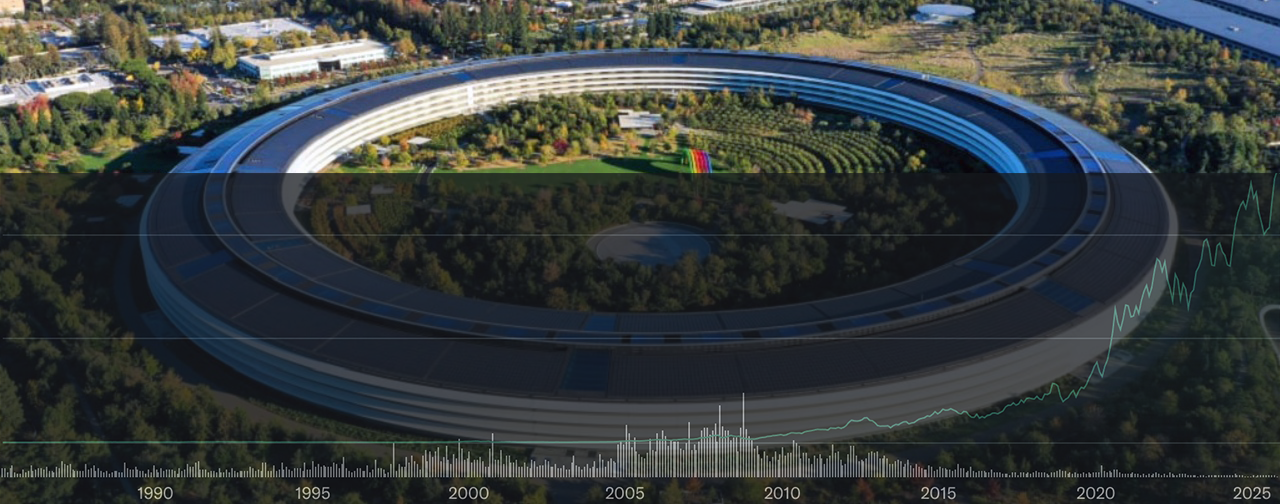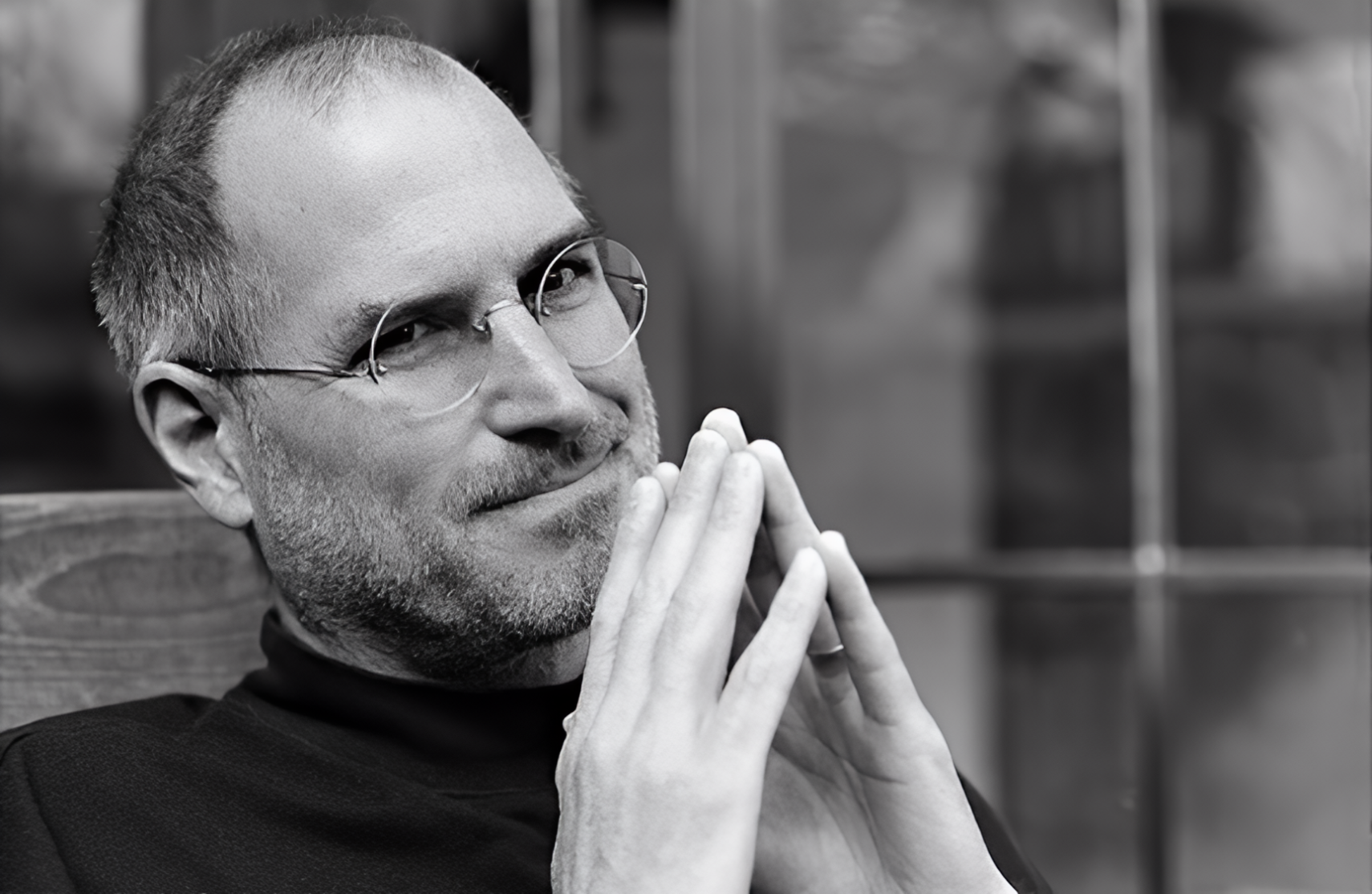Apple’s annual WWDC (World Wide Developers Conference) kicks off today (June 10th) at 10AM Pacific and runs until June 14th. As it has been since COVID (for the past 4 years), this year’s keynote and conference sessions will also be online only (with the exception of a few developers who have been invited to Apple Park).
Myself, I’ve kept tabs on the conference every year (even after my involvement with Apple ended a long time ago) given the amount of information that tends to be release about (mostly) software related developments at both the company, and with the larger ISV’s.
I do miss the old in-person format where keynotes thrived on the dynamic of the attendees in the auditorium, and the actual conference provided actual face-to-face contact with many Apple hardware and software engineers. But this is the new reality post-COVID where many companies have found this much more budget friendly.
MacRumors has their usual roundup of what the rumor mill expects to be covered and announced. Similarly, AppleInsider also has their own take. I’ve usually tended to ignore the rumor mill and this year isn’t much different except for whatever Apple intends to announce as it relates to their AI initiatives (I’m hoping they will take an active role in promoting responsible usage of the technology.
Update: just the usual iterative evolutions (IMHO). My opinion also still hasn’t changed much regarding Apple Vision Pro on the consumer side. I believe there will be better uptake in specialized markets including manufacturing and the medical field. But the bulk of the headset isn’t what many are going to enjoy wearing for long periods. IMHO, ubiquitous spatial computing is at least a decade away since it will require a massive shrink to get the hardware tech into a much more compact form factor.
As far as Apple Intelligence, the privacy angle wasn’t surprising. There was also the expected task management, natural search functionality, and also AI image/movie creation (which sadly is the same direction of being a tool that depreciates the human artistic element). At least with the AI image tool, it is limited to creating sketches and artwork (versus taking actual photos and creating AI modified versions of them). Furthermore, it was disappointing there wasn’t any addressing of the negative impacts of AI (where employees who work internally on the tech are provided an avenue to raise those concerns without any fear of retribution).
One cool feature in macOS Sequoia is iPhone mirroring (not to be confused with the screen mirroring functionality that has existed for a while). This one is a deeper integration allowing full control and drag/drop functionality. Besides this clear UI abstraction, Apple could eventually go all in with more seamless integration between iOS and macOS due to Apple Silicon. I know they are trying to avoid the whole OS/2+DOS VDM+seamless Windows 3.1 scenario where the latter two were so good, that there was little incentive for ISV’s to develop native OS/2 applications. In the case of deeper integration between the Mac and the iPhone/iPad environments, Apple is treading slowly since there is obvious friction between the touch based UI and the mouse/trackpad UI of macOS.
I’m trying to watch some of the day 1 tracks, but I’ve been literally falling asleep with many of them. I’ll try and see if day 2 has more interesting presenters.




One Comment